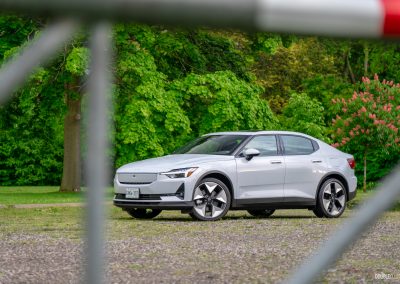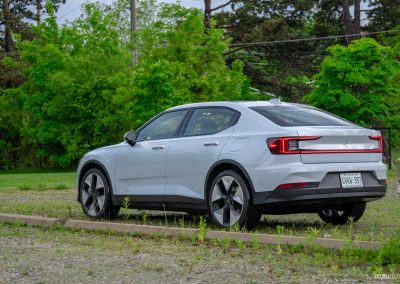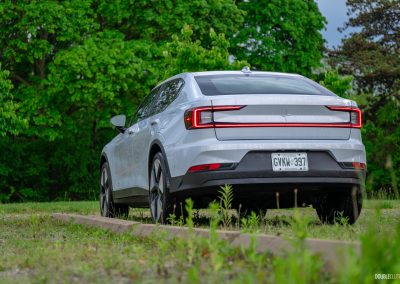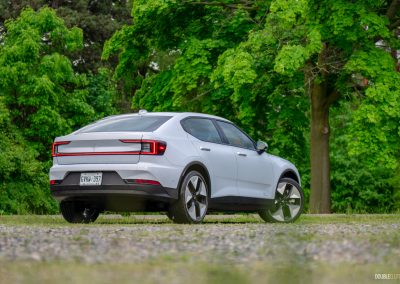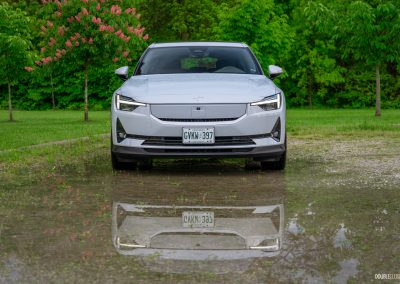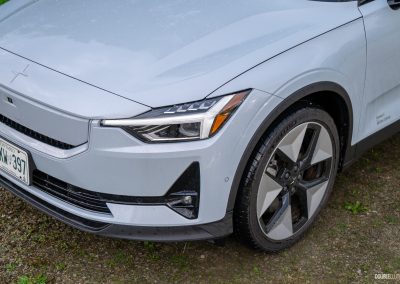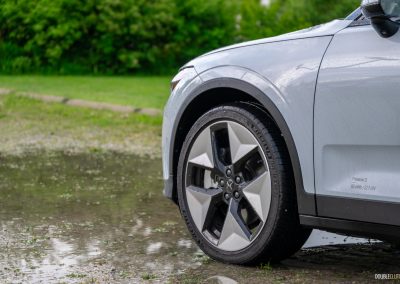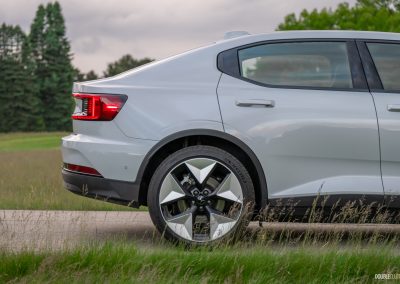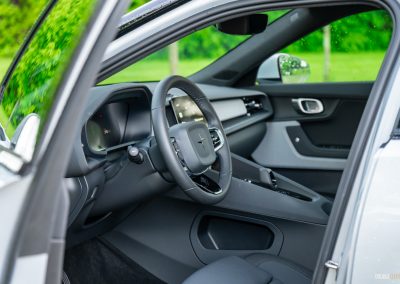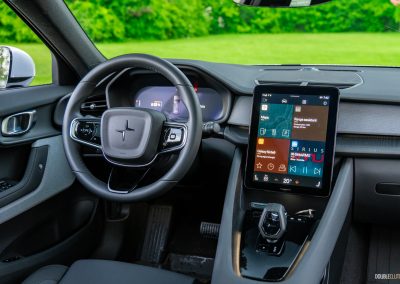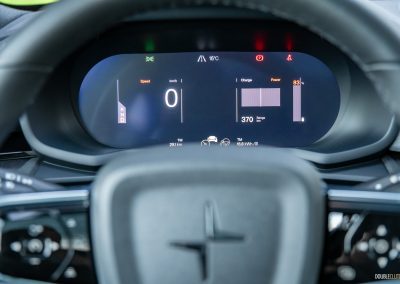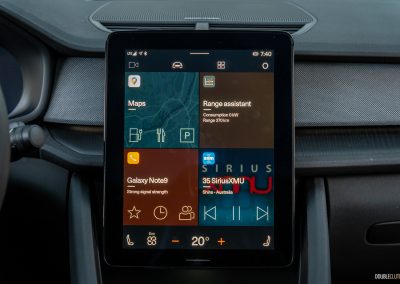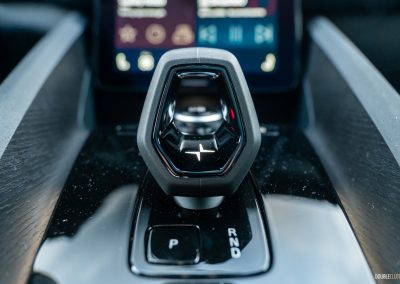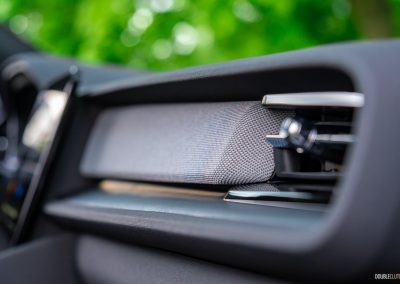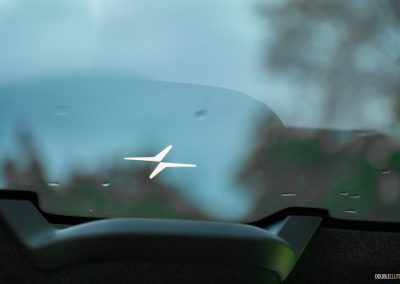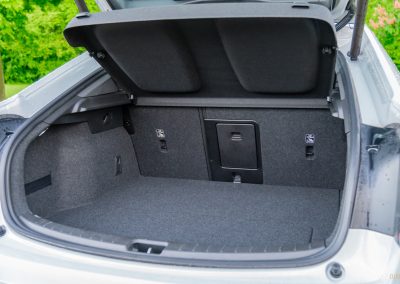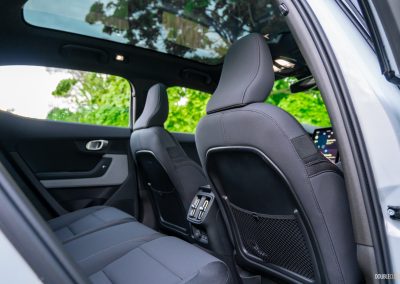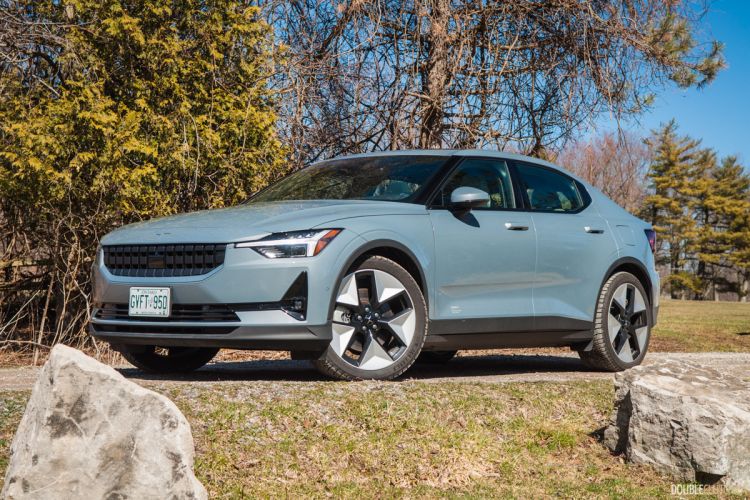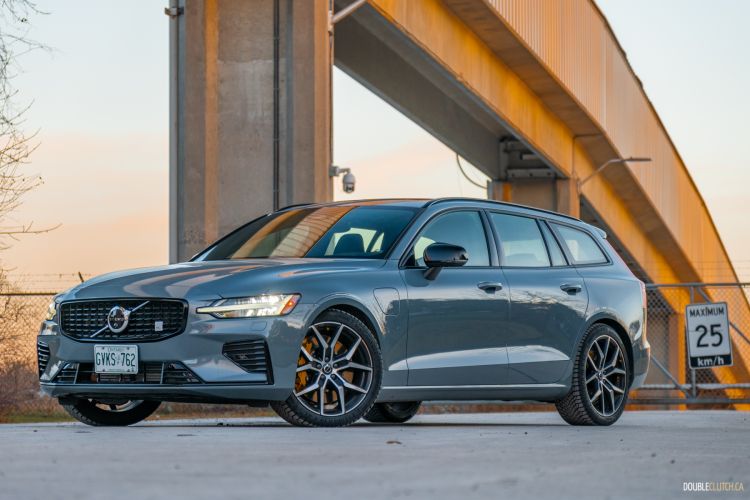Maybe you’ve noticed this, maybe you haven’t, but tech reviewers — known for their reviews of cameras, computers, and smartphones — are reviewing cars now. Outside of the base cynical need to generate more content, the reason for this is pretty obvious: electric cars, like the 2024 Polestar 2 Long Range Single Motor, are more tech than car. In a way, it’s not that much of a leap, since so much of the appeal of a EV is its tech-forward, smartphone-esque feature set. Which is why I tend to not like EVs very much.
The freshened-up Polestar 2 is the first occasion that I was given an EV to review — and I didn’t want to give back. Don’t get me wrong, in going back and looking at most of the EVs I’ve reviewed, they’ve been generally competent transportation pods and I think they could make a lot of sense. But the fact that I had to go back at all and remind myself of what I’ve driven highlights just how forgettable most of these things are. Look, I’m not a tech reviewer; I’m a car enthusiast with an old Thinkpad and a beginner-tier Sony camera. I’m just here for the experiences with cars, and the tech focus of EVs means they fall woefully short on being compelling to me.
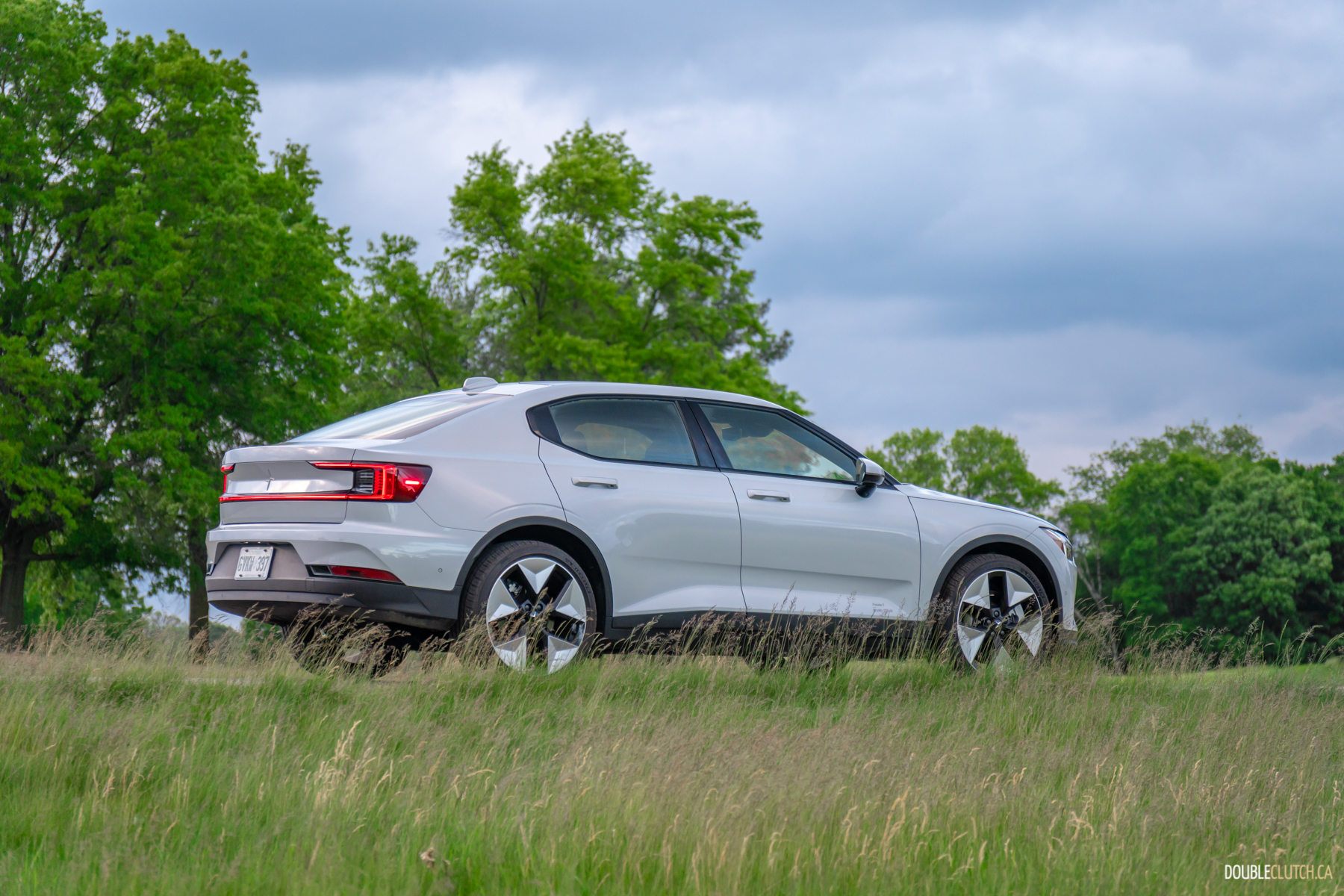
This isn’t to say that the Polestar 2’s merit comes from it not having tech. Sure, I’m a bit of a luddite, but not a neanderthal. In fact, one of my favorite things about the Polestar 2 is its infotainment, housed on a crisp and super-responsive 11.2-inch touchscreen running Google’s Android Automotive software. I’ve been growing increasingly discordant with Google’s integration in automotive applications, but I have to say, this full-fledged replacement — rather than the half-hearted integration seen from other car makers, like Polestar’s parent company Volvo — is brilliant.
It’s one of the best systems on the market, doing the future-tech thing so much better than just about anybody else, without relying on gimmicks like games, themes, and awkward self-parking features. It’s intuitive, configurable, and well-integrated into the rest of the car without being redundant, and it’s very attractive, to boot. In my week with the Polestar 2, I logged exactly zero WTF?! moments. That’s unheard of, especially from a system that can do as much as this does.
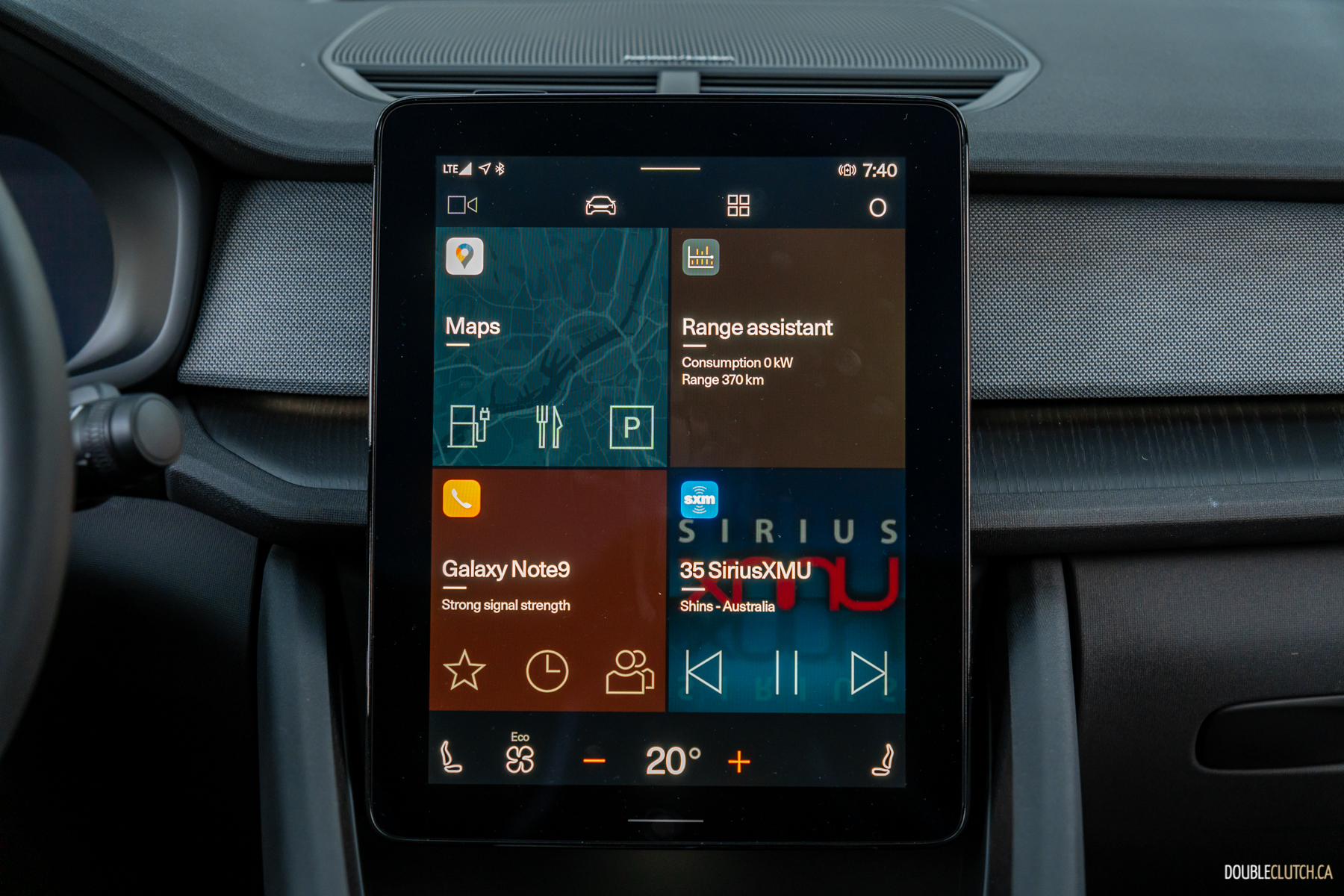
The infotainment isn’t the highlight here, but it’s a very welcome delight on top of a very competent car. This feels like a wild thing to say — and I suppose it’s indicative of the modular, tech-forward nature of EVs — but the Polestar 2 receives some minor tweaks for 2024 in the form of a larger battery, larger motors, and for single-motor models like our tester, that motor now powers the rear wheels rather than the front. In any other car, a new powertrain and a switch of drivetrain layout would represent a huge change necessitating a new architecture, and you can bet the car maker would be going all-out on marketing it to justify the prerequisite development costs, but Polestar is being quite modest about it.
The reality is that it is a big deal. It’s long been known that separating the tasks of providing locomotion and dictating direction from the front and rear wheels does wonders for chassis dynamics and driving feel in any application. It’s especially true for EVs, as an electric motor’s instantaneous torque easily overwhelms the longitudinal traction of tires, and that means it has to be neutered to maintain any semblance of lateral grip. This is a big part of why the rear-drive Hyundai Ioniq 5 feels so much more sprightly than the front-drive Nissan Ariya.
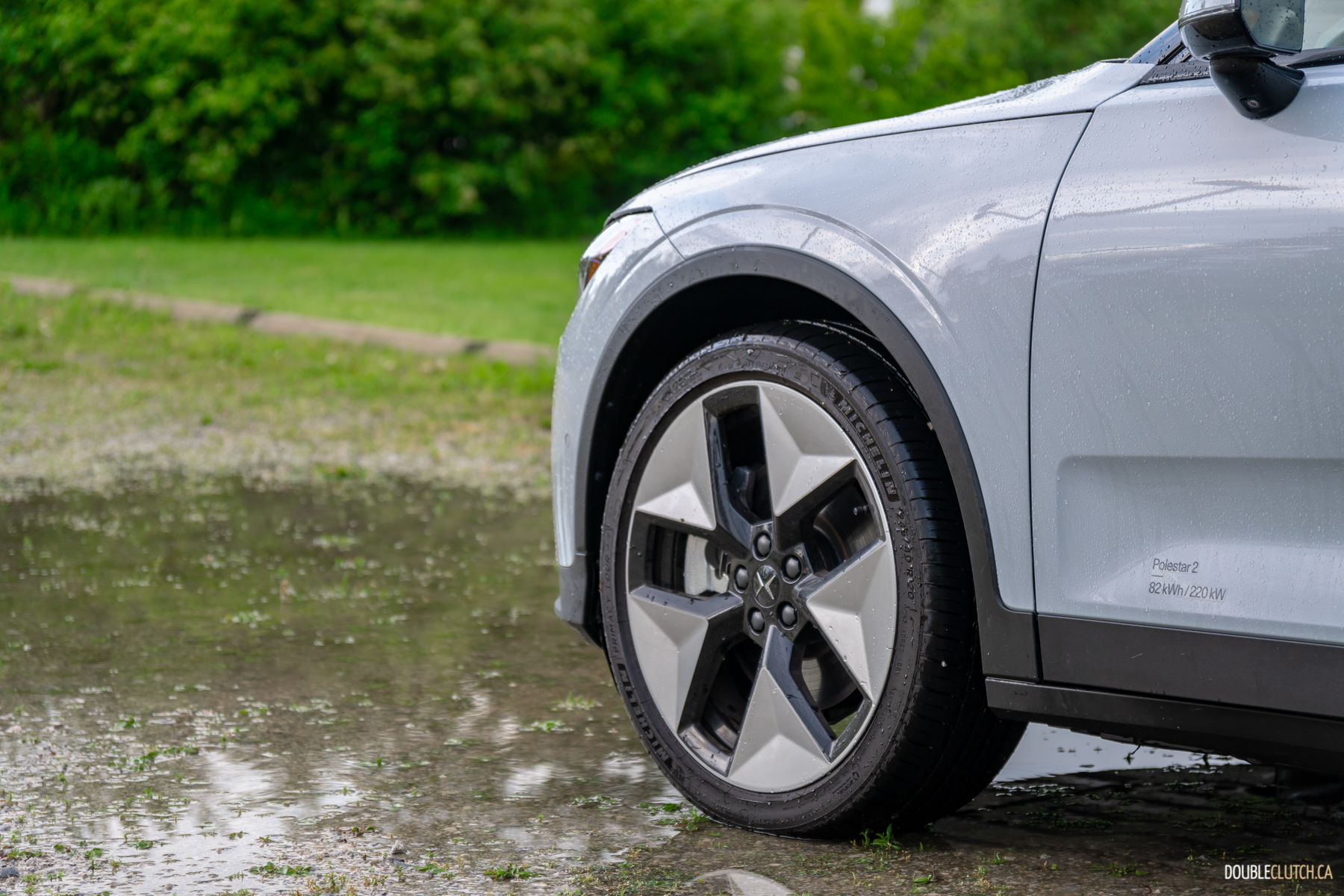
Suffice it to say this single-motor Polestar 2, with its motor positioned between the correct wheels, feels miles better than last year’s car. Before, it felt like you were missing out without the second motor providing more power and extra traction to put it down. That’s no longer the case; this single-motor layout feels like it’s all the car you could ever need or want. It helps that said motor is larger, now delivering 295 horsepower and 361 pound-feet of torque — up from 231 hp and 243 lb-ft — which is huge for a minor year-over-year update.
It’s fed by a larger 82 kWh battery, up from last year’s 78 kWh. Combined with some finessing of the motor electric system, this means range is bumped to 515 km, versus 465 last year. The charging architecture has been improved too, able to charge from dead-to-80-per-cent in 28 minutes on a suitably beastly charging station. Real-world testing indicates that its official range estimates are pretty pessimistic, and that it’s actually a fair bit more in real-world use.

Okay, so the Polestar 2 gets all the numbers right and the tech is terrific, but what matters is what it’s like to live with — you know, the car stuff. The design is unchanged inside and out, which is totally fine, as there was nothing wrong with it. It stands as a great example of tidy Swedish design, looking like it’s from the future without leaning on futurism as a garish design ethos. Our tester’s finished in a colour Polestar calls Magnesium; it’s a cool white with a subtle, warm metallic accent that nicely accentuates the car’s crisp lines. It’s a welcome departure form the dull grey that’s taken over these electric transportation pods.
The Polestar 2’s cabin space in a master class in minimalism done right, looking slick and sharp without sacrificing usability. Everything exudes attention-to-detail befitting of a six-figure luxury car. From the subtle Polestar logo reflected off the panoramic roof to the choice of fabrics covering every surface, from the solid metallic door handle loops to the matte wood accents, from the floating touchscreen to the hollow hexagonal shifter that acts as a natural wrist rest when you operate the infotainment, it’s all wonderful.
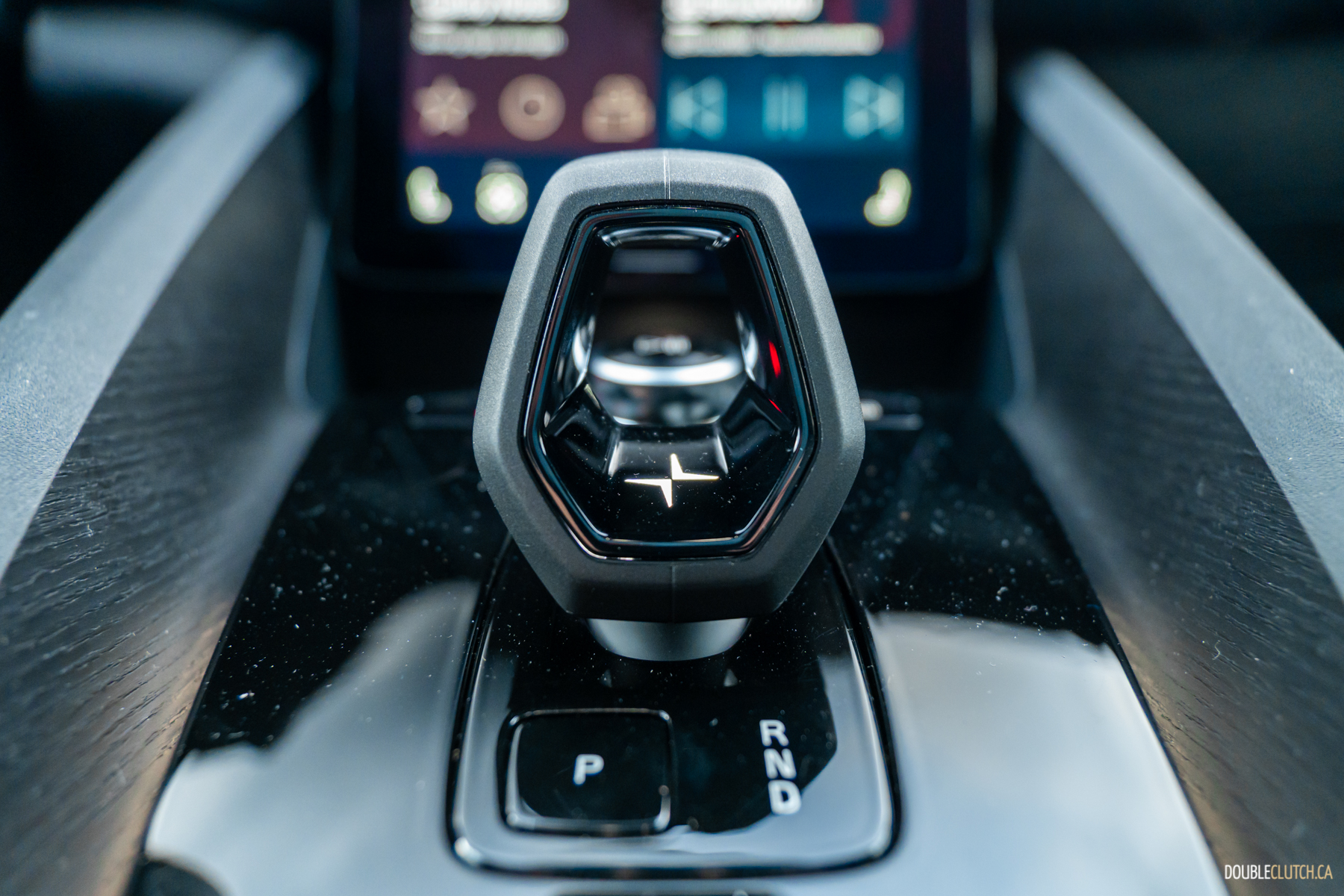
Furthermore, the seats are terrific, there’s plenty of room for passengers and their cargo, visibility is good and aided by 360-degree cameras, and the Harmon Kardon sound system is great. My only gripe in the whole cabin is the use of piano black for the centre console, which would have looked great and much cleaner in almost any other finish. The Polestar 2 is also well-insulated from wind and road noise, and has a composed ride — it’s definitely on the taut side, but I’d take it over the wallowing that a lot of other EVs suffer from.
On that note, one of the biggest things that EVs suffer from is the fact they kind of suck to drive. Once you get over the instant throttle response and eerie silence, they’re kind of all just big golf carts built to get from point A to B totally unceremoniously, especially in the sub-six figure price range. To date, the only EVs I’ve driven that felt even vaguely special are the Audi RS E-Tron and Porsche Taycan twins, and the BMW i5 M60. But this little Polestar comfortably hangs with them, at exactly $67,000 as tested.
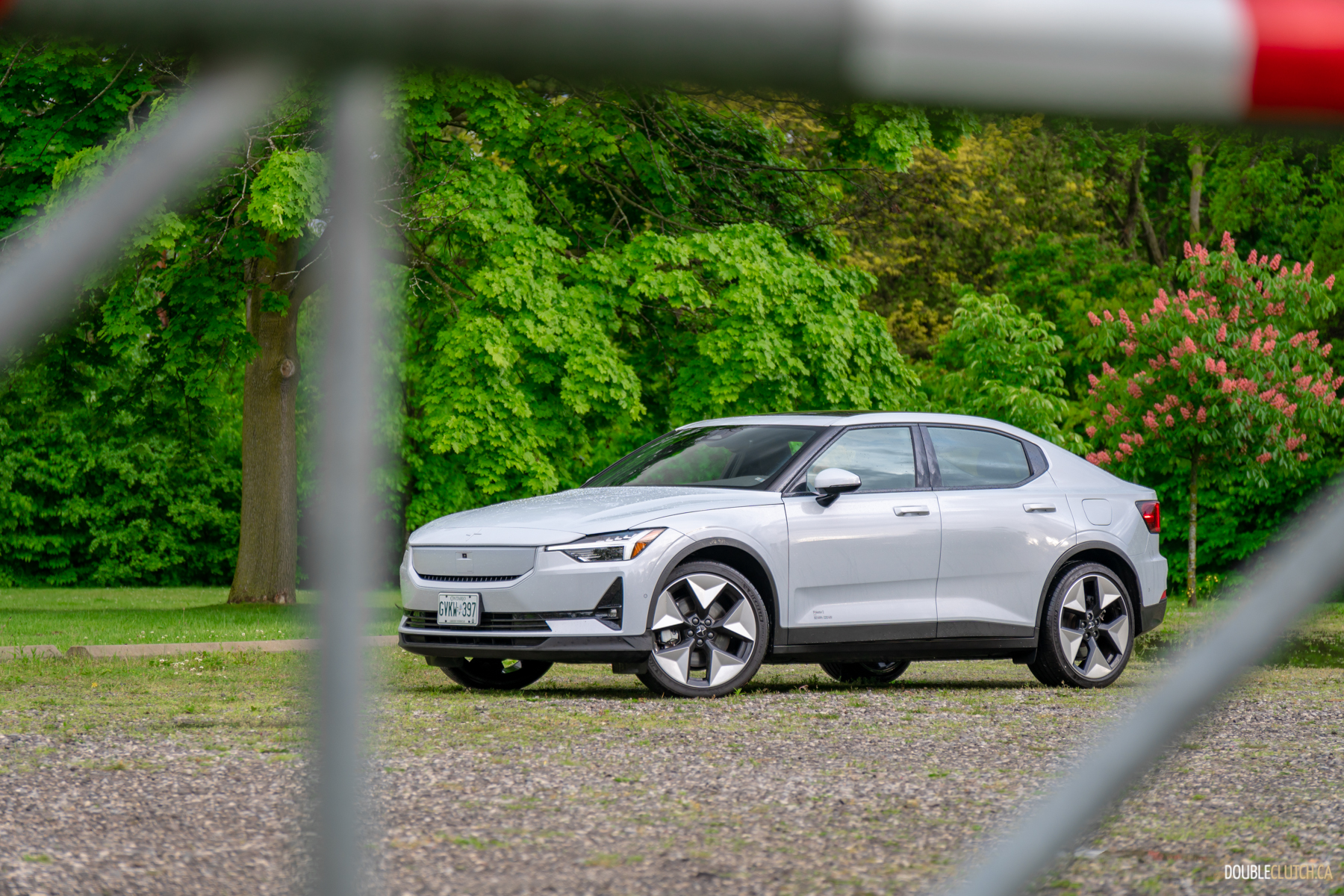
Okay, for the many extra thousands of dollars, those cars are a lot quicker and their interiors are trimmed with real leather instead of the vegan WeaveTech in this Polestar, which may or may not appeal to some of you. But to me, they’re not any better to drive, and they’re definitely not better to live with. First off, this Polestar feels so much faster than the 220 kW power rating sticker on the doors suggest, and it’s capable of sprinting from rest to 100 km/h in about five and half seconds, which is nothing to sneeze at. Unlike some EVs, the Polestar 2 isn’t geared for artificially brutal acceleration, and doesn’t run out of breath on the highway as a result. It’s more than quick enough, and always feels consistent in its power delivery.
Any EV can do quick, but more than that is the way the Polestar 2 handles, which is where it really shines. The chassis is borrowed from Volvo, which means taut and direct steering, and organic driver controls that just feel right. Turn-in and mechanical grip when cornering are exemplary for a 4,500-pound car, and balance is vastly improved with the motor now located at the back of the car.
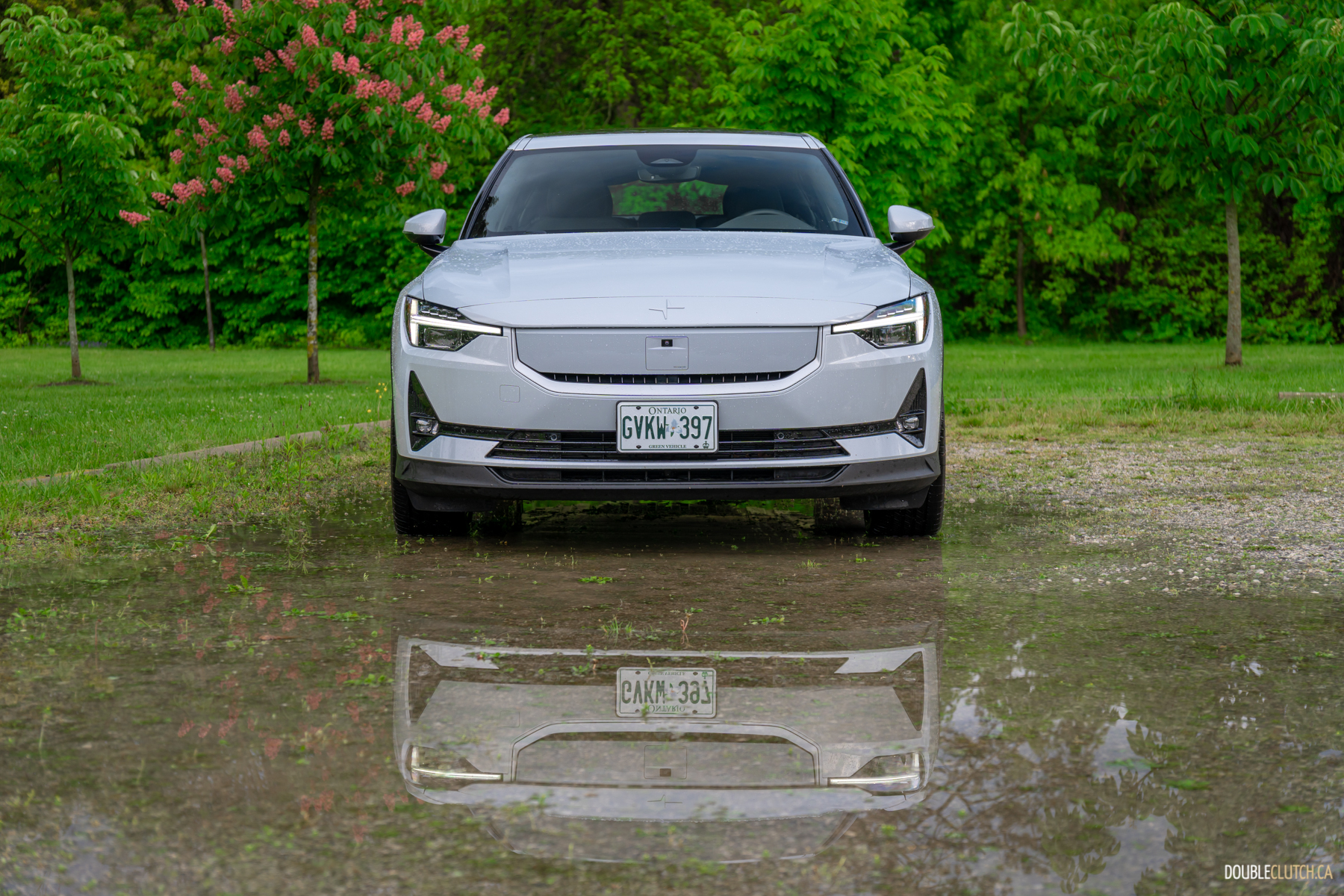
Another huge benefit of this new layout is the ability to drift, which I’d take over an extra motor and breakneck acceleration every time. There’s no gimmicky drift mode or anything; just put the Polestar 2 in sport mode and it’ll dial back the stability control, allowing for a generous amount of very controllable sideways antics before gently reigning things in, without feeling like it’s raining on your parade. Thus far, this is the most hooligan-friendly car I’ve driven this year, and I never thought I’d be saying that about a reskinned Volvo without an engine.
In a similar vein, I never thought I’d encounter an EV/rolling cell phone that I didn’t want to give back, but the 2024 Polestar 2 Single Motor Long Range is that car. I admire it so specifically because it’s a brilliant car first and foremost, putting style, usability, and driving pleasure above and beyond being a tech showcase, whose novelty will wear out part way through next year’s Consumer Electronics Show. The tech crowd probably wouldn’t understand its appeal, but hopefully car people will, because this is the gold standard in electrification.

